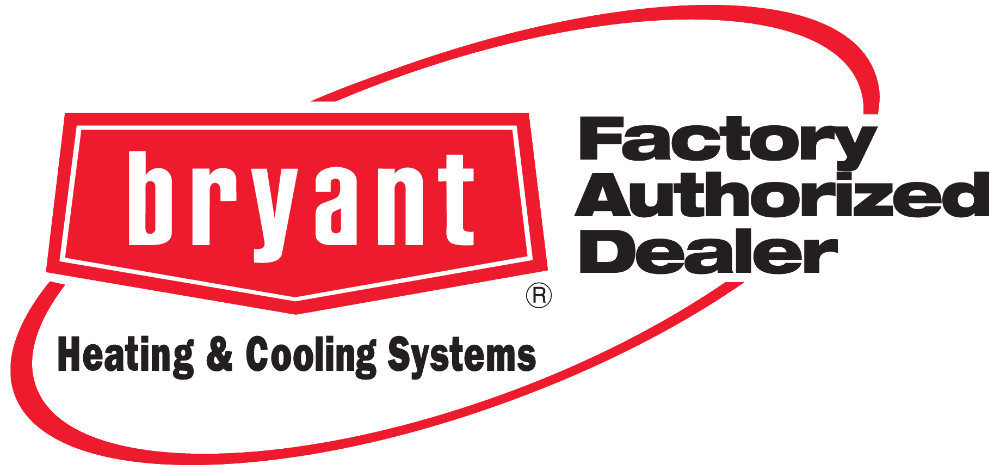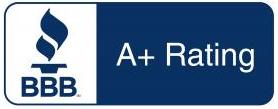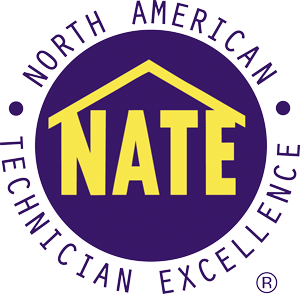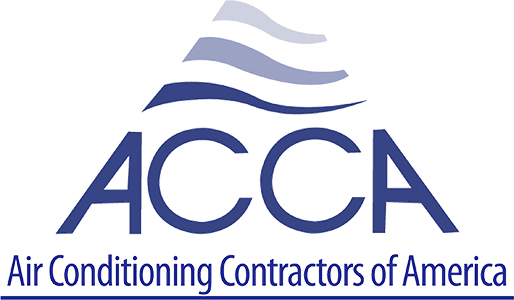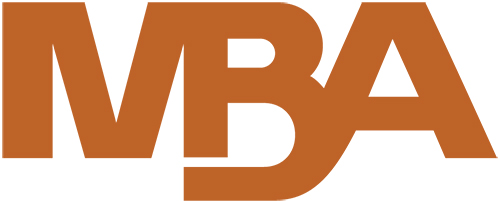I’ve been hearing horror stories recently from customers who have invested a lot of money, hope, and time trying to unclog their drains with chemical drain cleaners. The reality is, they just don’t cut the mustard. Well, maybe the mustard, but the clog, that’s another matter.
Drain Systems – for the most part – should work relatively trouble free most of the time. A properly-designed drain system, properly used, should never really clog and stop up, and it’s usually misuse or a foreign object in the system that causes clogs. The drains that clog most commonly in homes and apartments are the small drains; tubs, showers, bathroom sinks (called lavs), and kitchen sinks. And, on 90% of those drains, if you keep the ‘P’ Trap clean, (done manually, as needed) the drain won’t clog. I never recommend using a chemical to clear a drain. If there is a stoppage, I recommend clearing it with a mechanical snake first, and then perhaps treating and maintaining the drain with the proper chemical.
That said, I’ll briefly explain what clogs drains, and what chemicals are on the market to address them, and if I recommend and/or use them. (“De-greasing’ chemicals and solutions are now banned by most municipalities, so I won’t include them.)
The things that clog pipes boil down to 3-basic types
- Hair and soap scum; you’ll find these clogs in bathroom sinks, tubs, showers, and laundry drains.
- Food and grease clogs; mostly found in kitchen sinks.
- Foreign object clogs; too much paper, wipes, roots in the mainline, toys down toilets etc.
Sodium Hydroxide/Lye based products – Marketed as Drain-O, Open Wide, Glug, etc.
This is simply caustic soda, lye. It’s marketed both for retail and commercial use to ‘clear clogs’. Essentially, if the clog is not too far away from where it’s introduced into the drain, and it doesn’t have to go through lots of standing water to get to the drain, it can work very well on hair and soap scum, and I use it on those (normally after snaking the drain mechanically), but it’s not very effective on other types of clogs. Extreme care should be used when applying this product; it can be very harmful to people and fixtures.
Sulfuric Acid Based Products – Marketed as Drain Snake, Clobber etc.
Any of the stronger, acid-based products that stink like sulfur are sulfuric acid based. Knowing that, you can imagine that these can work best on food and grease clogs and problems, with the same limitations as the lye-based products on application, but be aware that the best you can usually hope for is that the acid will run down the center of the pipe and burn a hole through the clog; not really clearing it or doing much of anything on the sidewalls. I don’t use or recommend these. Extreme care should be used when applying this product; it can be very harmful to people and piping and fixtures.
Hydrochloric (Muriatic) Acid Based Products – Marketed as D.E. Cleaner, etc.
This Acid based product works best on clogs and slow drains caused by urine salts, hard water, and/or ice machine slurry/waste. I use it for those purposes and have found it effective and safe if used carefully.
Herbicide based Root-killer products – Marketed as Rootx, Foaming Root Killer, etc.
I have not seen any of these marketed to be able to ‘clear a clog’ caused from roots, and they are designed to kill roots and keep them killed after using a mechanical snake to clear the clog. I use Rootx as directed, annually, and have seen them work safely and very well. They’re fairly safe for pipes and people, however, realize that repairing the pipe is in your future, either digging and replacing or re-lining it; once a root ‘finds’ a pipe that is leaking, it will never abandon that water source.
Bacteria/Enzyme based products – Marketed as Bio-Clean, Zyme, etc.
These ‘recent’ additions to the drain-cleaning chemical market are taking advantage of the ‘Green’ movement and gaining popularity. I have not seen any work well that claim to ‘clear a clogged drain’, but rather are usually recommended for maintaining drains and septic systems still working. These products are normally fairly effective in that regard, and extremely safe to use compared to the chemical counterparts. I use and recommend Bio-Clean, but only for maintenance on cleared drains and on septic system maintenance. I have found it extremely effective if applied properly and, given enough time, can be effective on most any ‘slow drain’ problem caused by all 3 categories of clogs. Usually, these are very safe to use on people and pipes.
Hair today! … Gone tomorrow? Maybe, but don’t bet on it. Chemical drain cleaners have their uses, but they’re limited. If you have a clog, feel free to call us. We’ll do our best to help over the phone. But, if your toddler thinks the toilet is a toy box, or tree roots have found a comfy home in your drainpipe, it’s probably time to pull out the big guns, or snakes as it were, and we can help.
###
Bruce Davis Jr. General Manager Day & Nite Plumbing & Heating, Inc.
Bruce is a second-generation plumber and HVAC technician. He earned his Commercial Plumbing License and later became N.A.T.E. Certified and E.P.A. Refrigerant Certified for HVAC service and repair for commercial and residential HVAC appliances. Bruce has years of experience as an HVAC Technician, Boiler Technician, and Plumber. He is now General Manager for the company he has been with his entire career and oversees the Plumbing, Heating, and Air Conditioning business for Day & Nite Plumbing & Heating, Inc.

